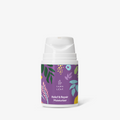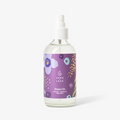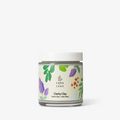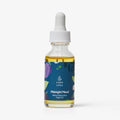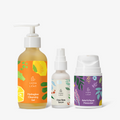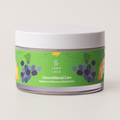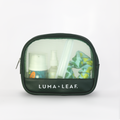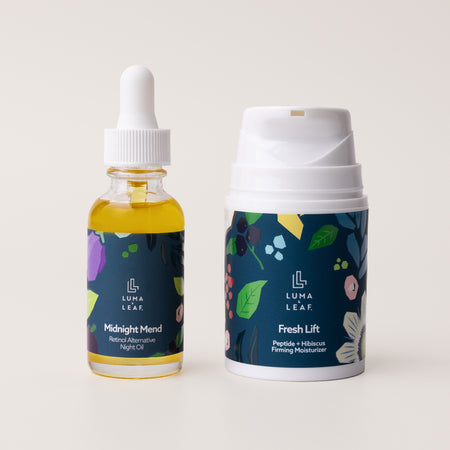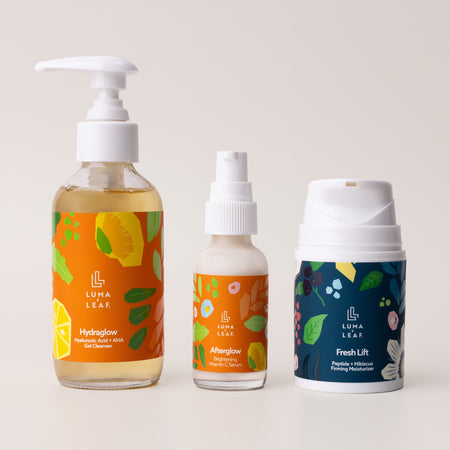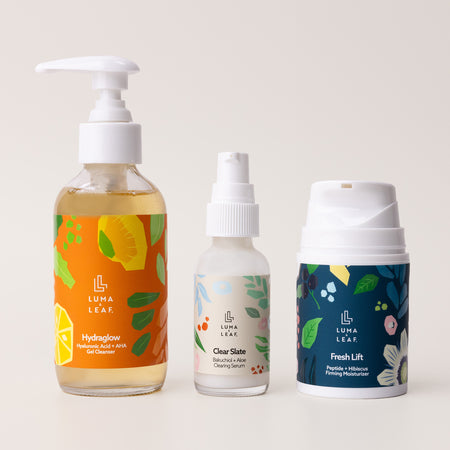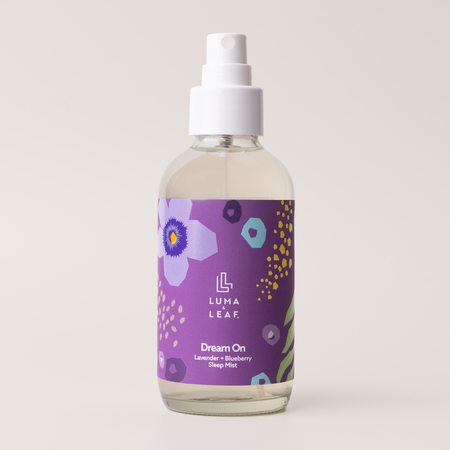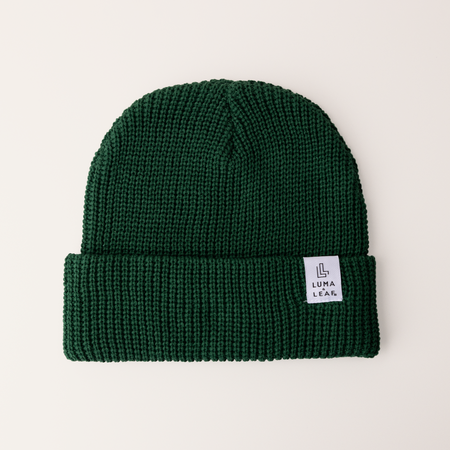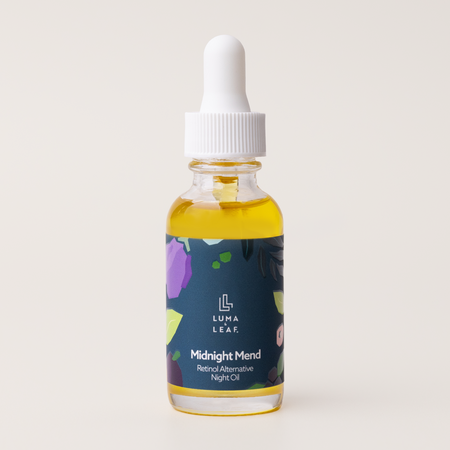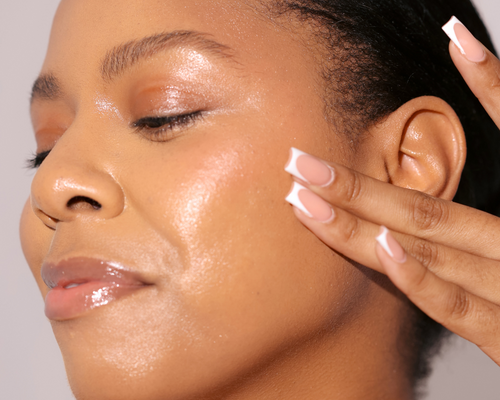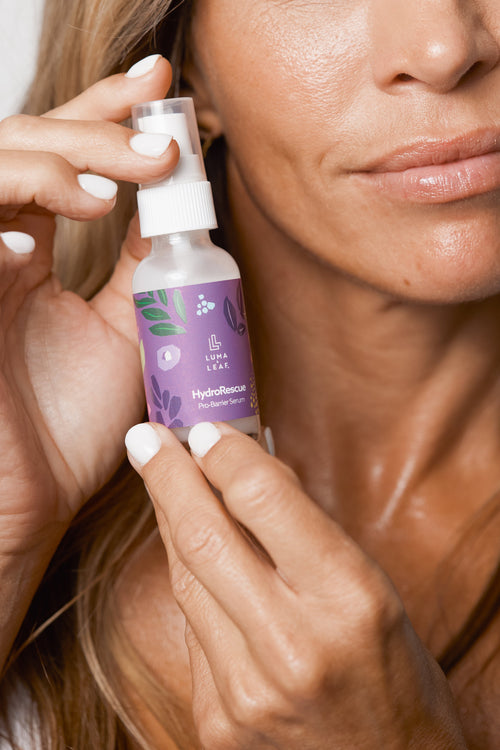
POV: You just got out of the shower, and your body is begging for some moisturizer. Which product do you reach for– lotion, body butter, or oil?
The key to healthy, supple skin is keeping it lathered in love. Your face, scalp, and body all require different products to maintain each part's unique needs, but the different products all have one thing in common: Hydrating powers. You can get mega hydration from body butters, lotions, and oils, but you must figure out which product is right for you. We’re sharing a BTS look into what makes each of these products special.
What’s The Difference?
Before throwing money at the wall and guessing which product will work for your skin type, take some time to understand the key differences between body butter, lotion, and oil. Here are their profiles at a glance:
Body Butter
Key Ingredients: Vitamin C and E
Texture: Thick while also having an oil-based consistency
Usually Contains: Dense ingredients, such as shea butter and cocoa butter
Benefits: Hydrates parched skin and promotes a smoother surface
Other: Body butters, like our Unconditional Care Body Butter, tend to leave skin feeling moist, with a layer of product that remains on the surface of the skin
Lotion
Key Ingredients: Hyaluronic Acid, Glycerin and Shea Butter.
Texture: Typically a thicker, water-based formula that comes in various forms to treat different skincare concerns
Usually Contains: Unnecessary ingredients that aren’t great for skin
Benefits: Lotion helps to absorb water and seal in moisture, which makes them more effective for dry skin
Other: Rachel Nazarian, Board-Certified Dermatologist, says to “look for lotions containing hyaluronic acid and ceramides– both enhance skin’s water-retaining abilities over time.”
Oil
Key Ingredients: Essential oils
Texture: Slippery, wet texture that leaves a greasy residue on skin
Usually Contains: Natural, botanical oils that have a high fatty acid content
Benefits: Helps reduce lost moisture and regulates and repairs skin’s oil production
Other: Research shows that when our skin absorbs body oils, the top layer treat said oil as its own, resulting in a reparative, moisturized effect
Keep in Mind:
When using all skincare products mentioned above, there are right and wrong approaches. Remember that oil and water don’t mix when layering on products. Use oil to seal moisture from the lotion. If you apply oil first, follow it up with a body butter since it’s oil-based. Always apply products over slightly damp skin to lock in moisture and quench its thirst.
We recommend using body butter on slightly dryer skin and topping it off with an oil. If you find that your skin is dry and doesn’t get greasy, layering body butter and body oil might be your perfect match. If your skin is more sensitive or prone to breakouts, then a body oil would be your safest bet. If you don’t have any specific skin complaints, keeping both body oil and body butter on hand is ideal. That way, you can pick and choose depending on your mood.
Happy hydrating, babes!

